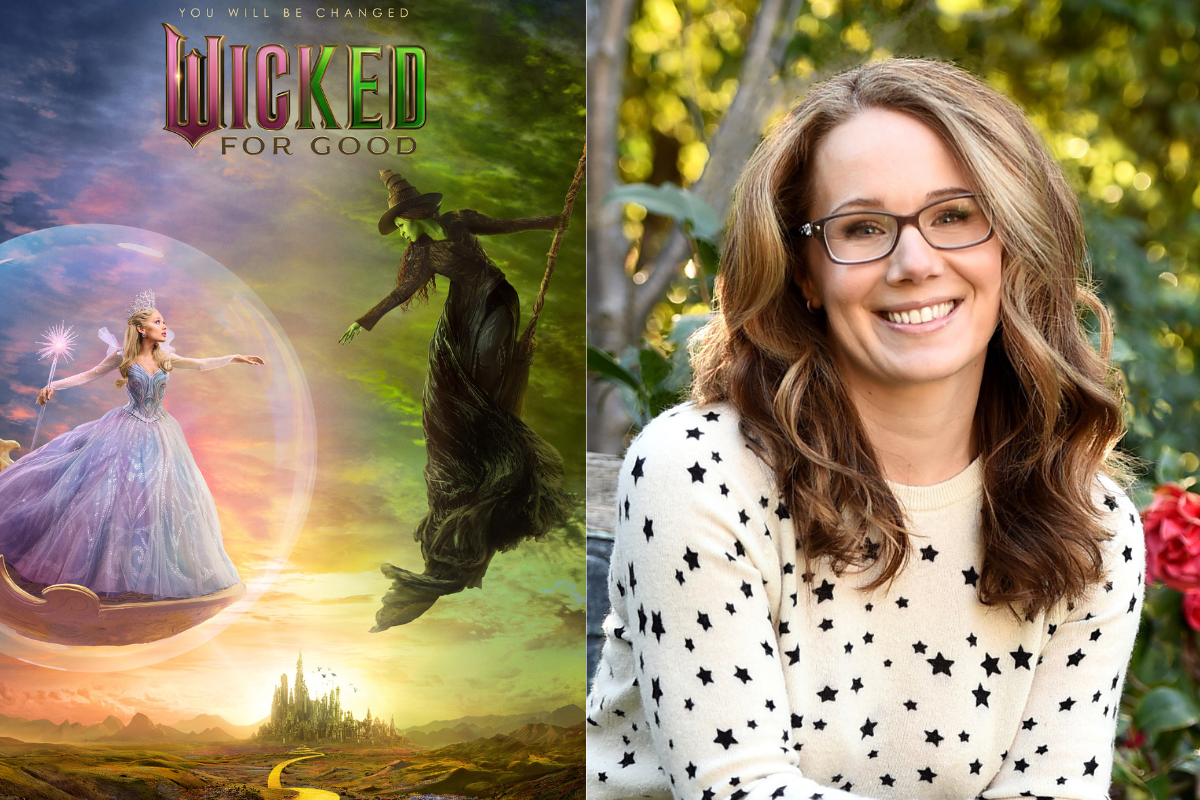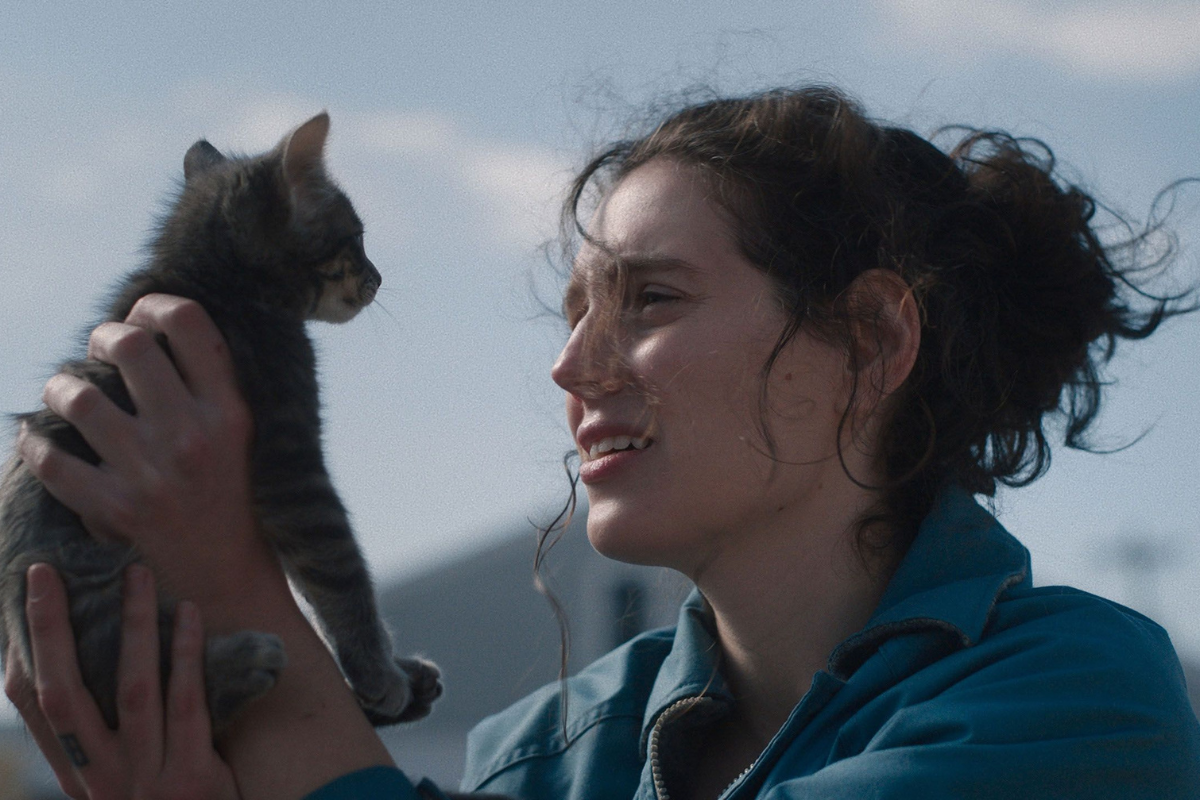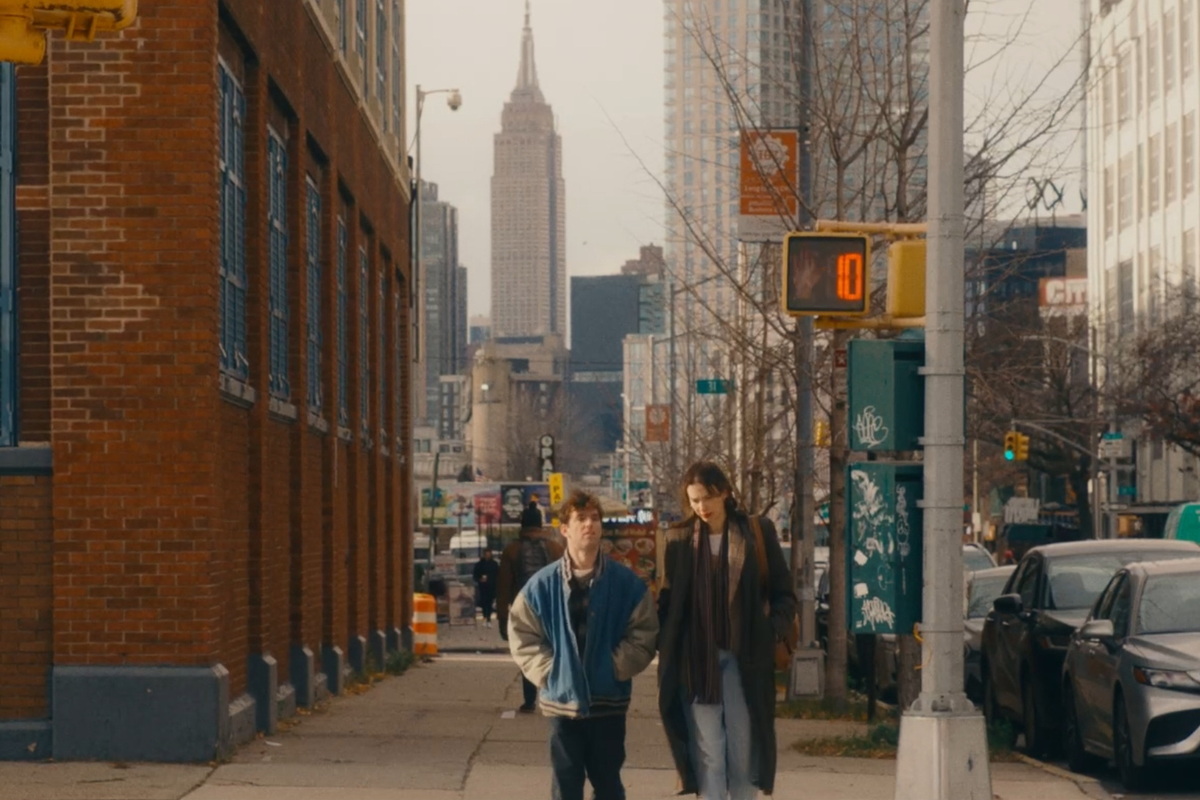Exploring Human Connection and Emotion with Short Film ‘Mother in the Mist’ Filmmaker Kay Niuyue Zhang
Short film ‘Mother in the Mist’ filmmaker Kay Niuyue Zhang speaks with Script about writing a movie based on a true story set against the backdrop of the COVID pandemic in Wuhan, emotional resonance with character development, and the stories she’s driven to tell.
Following Wuhan’s Coronavirus lockdown, a rural single mother, Zhao, embarks on a dangerous journey in search of her preemie newborn baby stranded in Wuhan City Hospital. Joining her path is a mysterious eight-year-old girl, who shares the same determination to reunite with her mother in the city.
Within moments of the first frame of this twenty-minute short film, you're immediately hooked by the beauty on screen and the story unfolding before your eyes. It emotionally captivates you and pulls at your heartstrings. It's no surprise that the 2021 short film has taken home prestigious awards and has received many accolades, thanks to the film's visionary Kay Niuyue Zhang. I had the great pleasure of speaking with Kay about writing a movie based on a true story set against the backdrop of the COVID pandemic in Wuhan, emotional resonance with character development, and the stories she's driven to tell.
This interview has been edited for content and clarity.
Sadie Dean: I found this movie to interesting in terms of subject matter. Everyone says, don’t make a COVID movie, while this is the backdrop, it’s not about COVID, yet about the relationship between mother and daughter. With this movie being based on a true story from your family, how were you able to shape that story into this narrative film that we see now?
Kay Niuyue Zhang: Basically, I heard about this story - it’s an extended family cousin - and she went through this whole process. And I was just in complete shock when I first heard of the story. In reality, the mother did not pass away, thank God, but in reality, they were on the quest for the baby. And they were working with institutions and government departments and all that, because back then it was total chaos, even in the US, and then China even more so because no one in the world knows what to do with it. And the policy in China was so strict. So, they were in the process of trying to get the baby delivered to them by the hospital on an ambulance and have the ambulance deliver the baby to a highway tollbooth, because they can’t go into the city and the people from inside Wuhan city can’t go out.
They were there at the tollbooth for the entire day; still no baby because there were all kinds of restrictions and there was some paperwork that wasn't right. They eventually had the baby sent to them three months later after the release was taken off; the baby essentially spent the first three months of her life without her mother and a family. That scene of a mother in the tollbooth trying to see her baby, two people in this big highway tollbooth, individuals trying to fight against the institution, and the big global pandemic that no one has any knowledge of. So, that scene was just so significant to me. And I was trembling when I first heard it; I thought, ‘OK, I have to make this into a film.’ And I was also at the time doing my thesis film for my graduate studies, so I decided that's the story that's going to happen.
Then I was thinking, what's the most effective way to tell the story? And I think it is so dramatic in itself. And doing anything would just undermine how truthfully touching it actually is. I thought about doing a documentary, but then shooting reenactments feels kind of staged. So, I was thinking about how to make it an effective story that has an arc. And then it came to me - the idea of the film came to me that they in fact met on the trip, but the trip is not really a trip. It happens in our conscious and in our dreams. And I added a little bit of melodramatic spice. I wanted to talk about how if she had really passed away in this process, because it really could happen and if anything happened to the baby, how would this be processed? How would this generation be processing this? Because a baby was born into COVID. She's two years old right now and she has not seen the world without a mask, that's just crazy.
Sadie: And then for you to write this during a pandemic and go into an isolated creative process and not really being in contact with other creatives from school, I'm sure was another added emotional layer for you too.
Kay: Yeah, you're absolutely right. The production process for this film is absolutely wild. We basically prepped it virtually, shot it physically, thank God, and the post process was also completely virtual. I had people from five different countries working on this. My composer is from Peru; we met at USC and he went back to Peru after the whole shutdown. And my editor was in Beijing while I was in Wuhan. And my sound designer was back in LA, and then I have a post coordinator in Taiwan.
Sadie: You were able to go back to Wuhan to film this?
Kay: That's right. Important fact, Wuhan is my hometown, so it's kind of dedicated to the home folks and my family who literally went through that process. And yeah, I was able to go back to my hometown, go to an actual bus station to shoot the scene and all that.
Sadie: Why was it important for you to tell this story, especially now?
Kay: The idea to tell the story and to tell such a human story, first of all, is to put the human experience and the human struggle in the forefront, because we get wooed by the confrontation between an individual struggle and the institutional restrictions. But I really want to present the perspective that it is the mothers and fathers and sons and daughters that we're talking about; and especially because of the past two years of Asian hate crime, I think it is so important for me to share the perspective that these people are not the virus spreaders. They are in that situation, and they are having these very humanistic struggles. And they react the way that every human being would react, and I think we should honor that. That's one really important perspective for me. And another thing is the mother-daughter relationship is kind of my niche topic. I'm currently working on my first feature, and that would be a topic that I want to explore. I'm really keen on creating female roles and the relationship between female roles. And in this one, specifically, like mother-daughter roles, because it is so pure, and it's so universal. So yeah, building these female characters, and to see how they bond with each other is a really important thing that I want to explore.
Sadie: The move for me, it's like poetry in motion. There’s this beautiful line, “The mist will clear the snow to come.” And I think that perfectly just encapsulates what the story is and this bond between these two. What was the character development process for Snowie and Zhao?
Kay: I wanted to develop Snowie, the little girl, as this otherworldly, a little bit angelic and phantomish character, because she has like a holistic God perspective of the whole thing, because she actually knows about all the information and heard about it in her life later on. So when she's dreaming about this event that's happening in the past, she knows where to go. And she knows all the information, she's kind of like taking the lead in the trip. And the mother, on the other hand, is more immersed in that reality and she's the person who is struggling and who is suffering, essentially. And then I wanted the audience to raise the question, ‘Who is this little girl? Why does she know this?’ To really question her identity, so that the ending feels earned that, ‘Oh, OK, so she is not actually on the trip.’
One of the issues that I really thought of profoundly as I was working through the creative process of it is, how dreamlike and how otherworldly do I want to make this little girl be like? How much do I want to hint that she's not from this space? She's from the future space. If you've seen like, Eternal Sunshine of the Spotless Mind, or in a lot of Charlie Kaufman's things there are hints that this is not reality, but then also, you don't want to be that on the nose. So that happens a lot in the character creating process, to feed the right amount of mysteriousness in the characters.
Sadie: In terms of imagery, what was that collaboration process like with your cinematographer?
Kay: We've worked together for two years; we're on every shoot together. I let him have his own creative control in composing the shots, but important references for this film, I would say, is Landscape in the Mist, it's by Theo Angelopoulos. That film is also about two little kids on this metaphorical and mysterious trip to look for their father and in the very end, they vanish right into the mist. It's a really important reference and I think it is that poetic-ness and that mysteriousness - I think that cinematography was a style that we pursued. John did a great job on it and I'm really proud of him.
Sadie: He knocked it out of the park. What inspired you to become a filmmaker?
Kay: My straightforward, instinctual answer is really the profound reactions I had to films because you can fake a laugh, you can fake other things, but I don’t think you can fake crying. When you cry, you actually felt the common memory that every human being has of being loved, of fear of loss, and all those things and I think it is the films that made me cry that made me want to make films and make other people cry. And I think that's considered an achievement for me. [laughs] You think of the films that you cried the most, Call Me by Your Name, Ladybird, Blue Valentine, these films explore very simplistic, but universal human emotions, I completely empathized with the emotional journeys of these characters. That made me feel like, ‘Yes, my place as an artist, as a filmmaker in the world, is to make films that will get that most fundamental emotional reaction.’
Sadie: I think you’re well on your way! Any advice for those who are about to write and direct their first short film?
Kay: I think I'm lucky in that this is actually my first higher production value short narrative film, and I already had great acknowledgments from other festivals and awards. I think the reason why I got this lucky is because this is so personal to me. Always work on something that speaks to you in a unique way. Don't try to reach for like a hot topic where one time we're about soft sci-fi, and then the other time we're about thrillers. Don't try to catch a trend of the content, what's hot on Netflix or anything, but always try to catch what is in there for you. Because the creative process is long and a struggle, and you have to have something so personal, that you're willing to have sleepless nights on it, and you are willing to devote so much time and energy on it. If you are catching a trend that other people are working on, you're always trying to catch what people think is good. But when it's something personal, you can feel it in your gut that it's good, and you're willing to devote more and more and more on that. And in this business, it's all about devotion.
Learn more about the craft and business of screenwriting from our Script University courses!
Sadie Dean is the Editor of Script Magazine and writes the screenwriting column, Take Two, for Writer’s Digest print magazine. She is also the co-host of the Reckless Creatives podcast. Sadie is a writer and filmmaker based in Los Angeles, and received her Master of Fine Arts in Screenwriting from The American Film Institute. She has been serving the screenwriting community for nearly a decade by providing resources, contests, consulting, events, and education for writers across the globe. Sadie is an accomplished writer herself, in which she has been optioned, written on spec, and has had her work produced. Additionally, she was a 2nd rounder in the Sundance Screenwriting Lab and has been nominated for The Humanitas Prize for a TV spec with her writing partner. Sadie has also served as a Script Supervisor on projects for WB, TBS and AwesomenessTV, as well as many independent productions. She has also produced music videos, short films and a feature documentary. Sadie is also a proud member of Women in Film.
Follow Sadie and her musings on Twitter @SadieKDean







